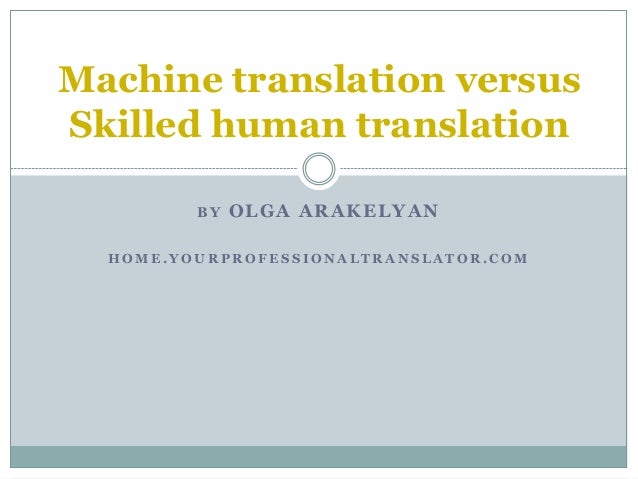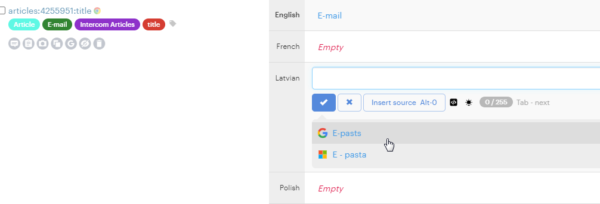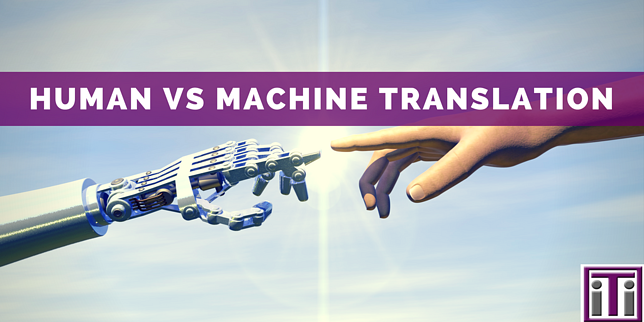

machine translation is the automation of the entire translation process.Machine translation is having a machine translate text instead of a human translator.Also, things can be adjusted more easily for all your websites at once! Conclusion

This makes managing inventory much more convenient. With Clonable, you have one dashboard or backend while having multiple websites with different languages. For more explanation, see the knowledgebase. You can then make an exception for this particular case of 'Netherlands'. Think of addresses: if your company is based in the Netherlands, 'Netherlands' should not be translated to, say, 'Deutschland' on the German website. Some things you don't want translated under any circumstances. One advantage of Clonable are the so-called exclusions. The logo can also be changed in this way if necessary. If you have an image of the Dutch flag on your website, you can use substitutions to replace the flag with a French one, for example. Logos and images can also be 'translated' as it were. In Clonable, you can not only translate text. This way you can optimize the SEO for each Clone for that country. You can also use substitutions (see below) to incorporate the appropriate keywords for a country into your Clone. You can customize the metatitles (the text in the browser tab) for each Clone. If necessary, the new site can also be named differently, e.g. If you have an original website like .uk, Clonable creates examplesite.be, for example. No need to build a separate website for a different language. In addition, it immediately creates a separate domain for the target language. Moreover, Clonable streamlines the entire translation process. Why Clonable?Ĭlonable thus combines the efficiency of a machine translation with the accuracy of a human translator. This is how we ensure the quality of the texts, and keep the costs and time needed low. If it involves a language we don't speak, we seek help from translators who do speak that language. We also outsource the translation itself (step 2) to programs and software, so we use machine translation.

We have largely automated this, so we can speak of machine translation at Clonable.

Machine translation is the automation of the translation process, that is, including the translation itself. So machine translation is the automation of the translation itself. In fact, step 2 can be performed by a human translator, but also by a machine machine translation. This translation process often looks like the following:Īs you can see, machine translation is a part of machine translation. When you use machine translation, you have fewer steps to do yourself when translating a website. Machine translation is really nothing more than automating the translation process itself. So what is machine translation? Is machine translation the same as machine translation? This list is far from complete: machine translation is bound to have some advantages and disadvantages. A machine understands less well that some words fit better.Almost all combinations are possible: English - Swahili, Thai - German, etc.Often much cheaper than a human translator.What exactly are the benefits of machine translation? There are several reasons to choose machine translation: Still, language will always remain something uniquely human, and a computer will never be able to translate flawlessly. Still, machine translations are getting better and better through the use of artificial intelligence and machine learning. A human translator knows the intricacies of translation better than a machine. One problem is that machine translations are more likely to contain errors. Such a machine translation is like a replacement for a human translator.


 0 kommentar(er)
0 kommentar(er)
